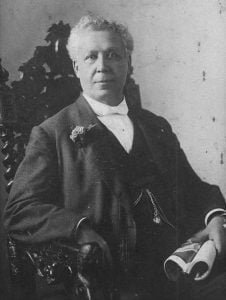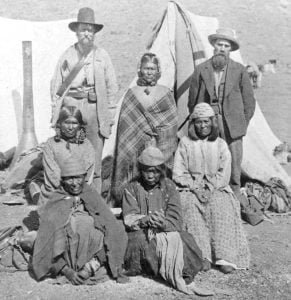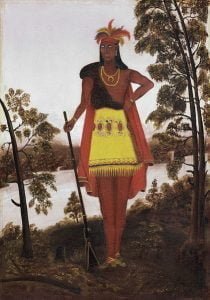Biography of Bloody Knife
A famous Arikara warrior and chief, who was long in the Government service. His father was a Hunkpapa Sioux and his mother an Arikara. He was born on the Hunkpapa Reservation, North Dakota, but as he approached manhood his mother determined to return to her people and he accompanied her. Prior to the building of the Northern Pacific R. R. the mail for Ft Stevenson, North Dakota, and other Missouri River points, was carried overland from Ft Totten. The high country east of the Missouri was at that time a hunting ground for hostile Sioux who had been driven west … Read more






